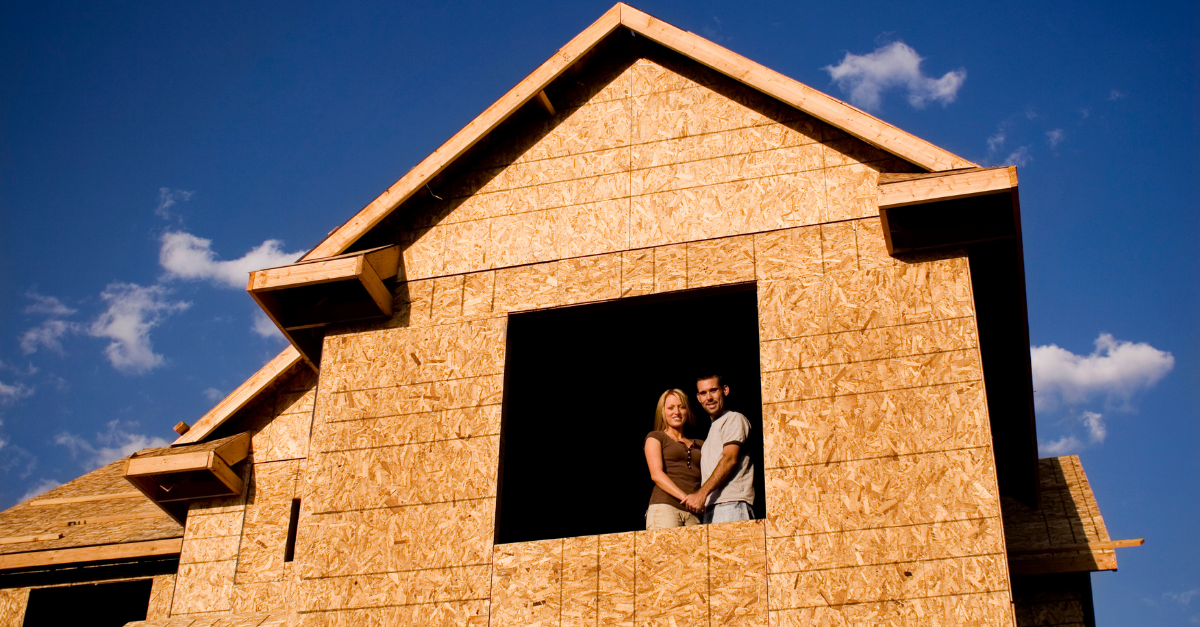 Pantone is a universal language of color that you can use to select beautiful colors to paint the home. Interestingly, each year, Pantone selects a color of the year that embodies what’s happening in society.
Pantone is a universal language of color that you can use to select beautiful colors to paint the home. Interestingly, each year, Pantone selects a color of the year that embodies what’s happening in society.
In 2021, the Pantone color of the year was awarded to two colors, Illuminating 13-0647 and Ultimate Gray 17-5104. These two colors highlight how two different elements can come together and support each other. This is the thought behind selecting them based on what has occurred over the last year.
The bold yellow and deeper gray capture feelings of promise, friendliness, and thoughtfulness, which may be a great reason to add those colors to a home. Should homeowners repaint their home in these colors, though, before they sell?
When Psychology Matters, Remember Pantone’s Color of the Year
Pantone’s color of the year is normally the start, or continuation, of a yearly color trend. That can make it an excellent color to incorporate into your home, especially if you are selecting the color based on its meaning.
However, most people don’t use Pantone colors to completely repaint before selling their homes. Instead, they use the Pantone color of the year to add pops of color or a touch of the modern color palette before putting the home on the market.
How Can You Incorporate the Pantone Color of the Year?
For example, if a home is already based on a neutral color scheme in grays or blues, adding a pop of the color Illuminating draws the eye. Using yellow as an accent color is a great way to draw attention to impressive parts of the home.
For brighter spaces, toning down the room with a cooler, relaxed gray is a good way to make the space welcoming to those who love color as well as to those who have a more traditional approach to home decorating.
Repainting an entire home in the Pantone color of the year is an option if homeowners need to repaint anyway, but if they don’t, then it could be an expensive option. To reach the most buyers, the better bet is to choose a neutral palette that potential buyers can envision in their own preferred color scheme.
 The housing market has been through many ups and downs during the past 12 months. Now, buyers are facing a unique challenge as they try to find the right house in the perfect seller’s market. Right now, real estate is extremely competitive, as low inventory has continued for several months.
The housing market has been through many ups and downs during the past 12 months. Now, buyers are facing a unique challenge as they try to find the right house in the perfect seller’s market. Right now, real estate is extremely competitive, as low inventory has continued for several months.  Last week’s economic reporting included readings from the National Association of Home Builders, data on sales of existing homes, and reports on housing starts and building permits issued. Weekly readings on mortgage rates and jobless claims were also released.
Last week’s economic reporting included readings from the National Association of Home Builders, data on sales of existing homes, and reports on housing starts and building permits issued. Weekly readings on mortgage rates and jobless claims were also released. Moving into your first home is an exciting experience, but it can also be overwhelming. To manage the move properly, you need a wide variety of tools you may never have considered before. You may not realize you should have purchased a certain item until you need it.
Moving into your first home is an exciting experience, but it can also be overwhelming. To manage the move properly, you need a wide variety of tools you may never have considered before. You may not realize you should have purchased a certain item until you need it.  Curb appeal is important in the home sales process, and this is because it will impact the overall first impression that potential home buyers have about the property. Some homeowners can easily spend a small fortune and a considerable amount of time improving curb appeal, but others may be looking for faster and easier results. The good news is that boosting curb appeal is easy and affordable to do when these three tips are followed.s
Curb appeal is important in the home sales process, and this is because it will impact the overall first impression that potential home buyers have about the property. Some homeowners can easily spend a small fortune and a considerable amount of time improving curb appeal, but others may be looking for faster and easier results. The good news is that boosting curb appeal is easy and affordable to do when these three tips are followed.s A key factor that often drives the sale of new homes versus existing ones tends to be cultural. Rather than being financially-driven or associated with location factors, many homebuyers will steer clear of existing homes where someone has passed away. The primary fear tends to be concerns about a leftover spiritual residual in the home that could affect the new homeowners. Despite the abundance of TV shows about ghost-chasers and similar, the stigma of a dead person’s home has been around for centuries and is still alive and well today.
A key factor that often drives the sale of new homes versus existing ones tends to be cultural. Rather than being financially-driven or associated with location factors, many homebuyers will steer clear of existing homes where someone has passed away. The primary fear tends to be concerns about a leftover spiritual residual in the home that could affect the new homeowners. Despite the abundance of TV shows about ghost-chasers and similar, the stigma of a dead person’s home has been around for centuries and is still alive and well today. Selecting the right home to purchase for a family is a monumental task, and this process can seem even more challenging for those with a large or growing family. A common goal may be to give everyone ample space to stretch out and feel relaxed, but some home buyers may also be focused on other factors like location, cost and even the general style of the home. While choosing the perfect home for a large or growing family is not easy, the process can be simplified by focusing on a few points.
Selecting the right home to purchase for a family is a monumental task, and this process can seem even more challenging for those with a large or growing family. A common goal may be to give everyone ample space to stretch out and feel relaxed, but some home buyers may also be focused on other factors like location, cost and even the general style of the home. While choosing the perfect home for a large or growing family is not easy, the process can be simplified by focusing on a few points. Last week’s economic reports included readings on inflation, core inflation, and the University of Michigan’s Consumer Sentiment Index. Weekly readings on mortgage rates and jobless claims were also released.
Last week’s economic reports included readings on inflation, core inflation, and the University of Michigan’s Consumer Sentiment Index. Weekly readings on mortgage rates and jobless claims were also released. Becoming a homeowner for the first time is exciting. However, for many potential buyers, the process can also be confusing. Below is an overview of the steps you need to complete in order to buy your first home.
Becoming a homeowner for the first time is exciting. However, for many potential buyers, the process can also be confusing. Below is an overview of the steps you need to complete in order to buy your first home.  If you’re selling a home today, you know that it’s a seller’s market in many areas throughout the country. What you may not know, though, is that there are still things you can do to make your home even more desirable. From adding SMART home features to properly staging a home, there are plenty of things you can do to drive up the price and create a frenzy of bidding activity for your home. One of those things is to add green features to your home.
If you’re selling a home today, you know that it’s a seller’s market in many areas throughout the country. What you may not know, though, is that there are still things you can do to make your home even more desirable. From adding SMART home features to properly staging a home, there are plenty of things you can do to drive up the price and create a frenzy of bidding activity for your home. One of those things is to add green features to your home.